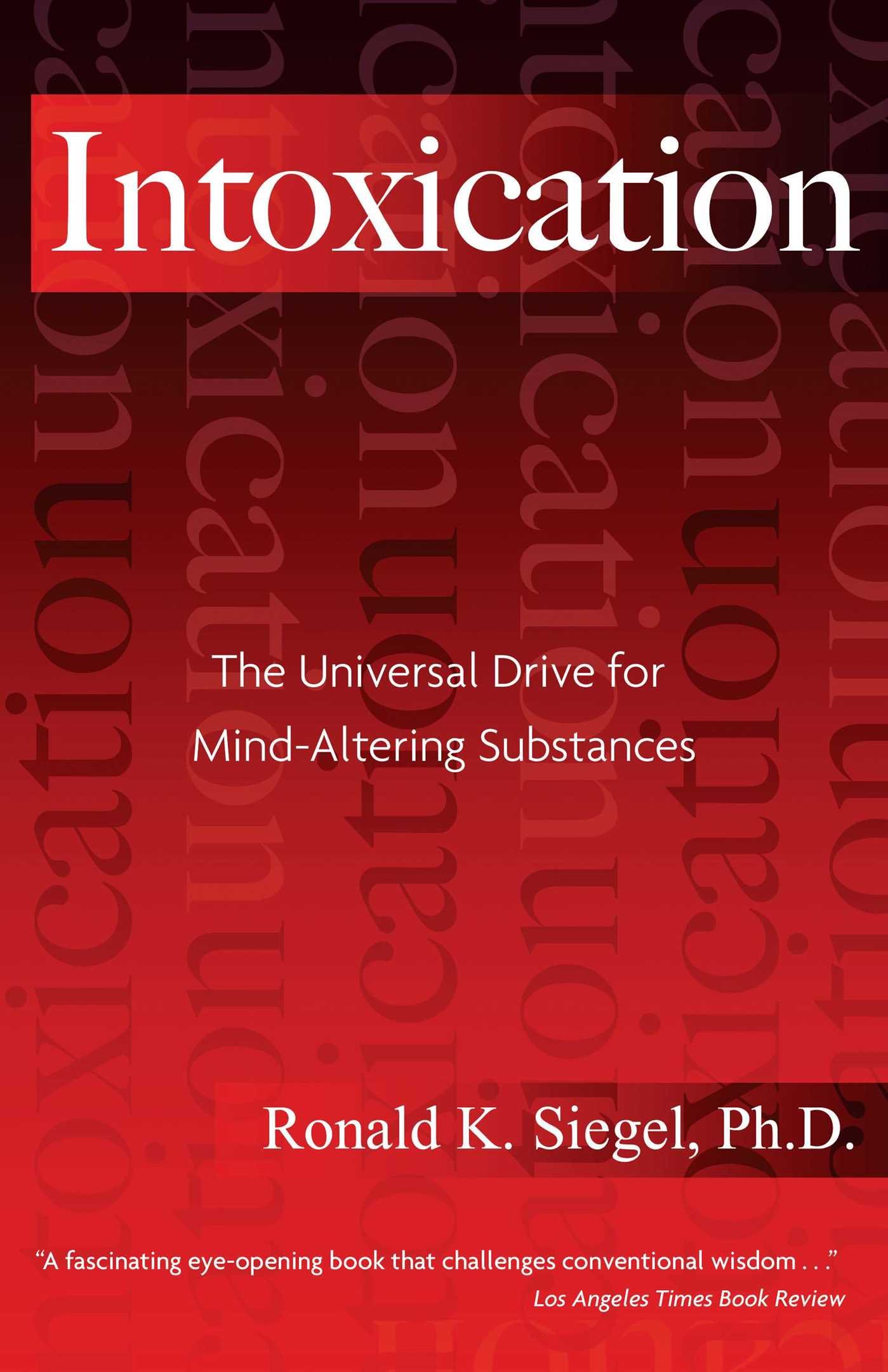A. What does self-initiation mean? It is all words. What would it mean?
Q. If schools are so important, why do they not have more influence in the world?
A. Schools can only act through people who are interested in them. They can do nothing if they are surrounded by people who are indifferent. The possibility of schools influencing life is conditioned by the general attitude to schools. In order to have influence, schools must have people who are interested and who would obey. But this must come from below, it cannot be produced by schools. Schools can throw B influences into the world, but if people are not interested in them, they can do nothing. They cannot use violence.
Q. Can a school lose by giving away its knowledge?
A. A school can lose in many different ways. We shall come to this question later on. It depends whom it gives to. If it gives just in general and does not receive anything, certainly it will lose. If one has money and begins to give it to everybody, whether they deserve it or not, certainly one will lose one's money.
Q. You said that if we want a school we must take part in building it. How can we do that?
A. You must remember that the level of a school depends on the level of being of the people who constitute it. If there are not enough people with magnetic centre, there can be no school. But it is not simply coming to lectures and accepting what one hears that shows the presence of a
magnetic centre.
Q. Would the spreading of school ideas and school language among other people be of any help from the point of view of the school?
A. Ideas cannot be spread in the right form—it is important to understand that. It would be very good if it could be done, but it cannot. Words would remain, but the ideas themselves would be different. If it were enough to spread them, why are schools necessary? The language will spread itself, maybe even in our lifetime, but the ideas will enter into the general currency in a wrong form. For instance, there would be no distinction between 'doing' and 'happening'.
Q. We talk of schools and different levels. Is it not rather confusing? What do higher levels mean?
A. Why do you find the idea of higher levels confusing? For instance, we can take this idea of levels quite simply in relation to ourselves: using all our mental capacities we can think only up to a certain level, but if we could use higher centres, for instance higher emotional centre which already needs more or less complete self-remembering, then certainly on the same subject we could think quite differently and find many more connections in things which we do not notice now. That shows different levels of thinking, and sometimes we actually have glimpses of a higher level of thinking, so we may have some material for observation, because even now we can think differently on the same subject.
And as regards different levels of people, we meet with results of work of people obviously belonging to higher planes; we cannot say that our experience of ordinary life is limited to results of work of people like ourselves. Take the New Testament, and there are also works of art, esoteric writings, Christian literature and so on which obviously cannot belong to ordinary people. The existence of people of higher development is not imagination, not a hypothesis, but an actual fact. So I do not understand in what way it is confusing; I do not see how one can think without recognizing this fact. It is a definite fact that people live not only on the level on which we are but can exist on different levels.
From this point of view humanity can be regarded as divided into four concentric circles. The three inner circles are called Esoteric, Mesoteric and Exoteric. The fourth is the outer circle where men 1, 2 and 3 live. Schools act as gates through which man No. 4, who is between the outer and the Exoteric circle, can pass. Man No. 5 belongs to the Exoteric circle, man No. 6 to the Mesoteric and man No. 7 to the Esoteric or the innermost circle. The outer circle is also called the circle of the confusion of tongues, for in this circle people cannot understand one another. Understanding is possible only in the inner circles.
All this means there are degrees.
A man who lives in the outer circle is under the law of accident, or, if he has a strongly expressed essence, his life is more governed by the laws of his type or the laws of fate. But when a man begins to work towards consciousness, he already has direction. This means a change, perhaps not perceptible, but nevertheless cosmically a change. Only individual effort can help man to pass from the outer circle into the Exoteric circle. What refers to a man in the outer circle does not refer to a man who begins to work. He is under different laws, or rather, different laws begin to touch a man who begins to work. Each circle is under different laws.




